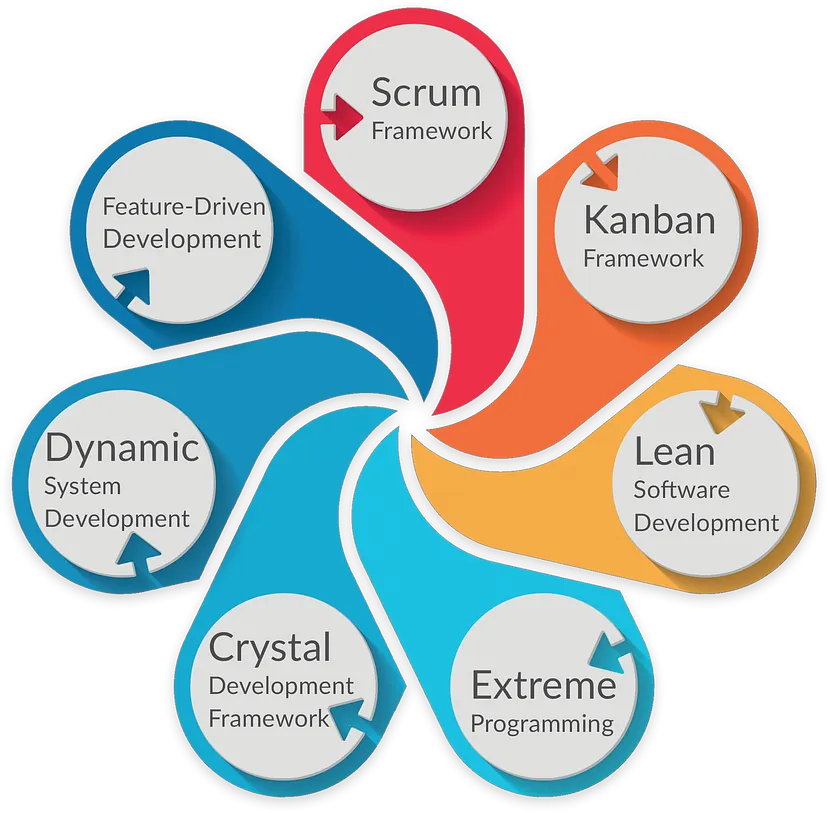Agile Development
What is Agile Development?
Definition:
“Agile Development” in the realm of software engineering and project management refers to an iterative and flexible approach to software development that prioritizes collaboration, adaptability, and customer feedback. It emphasizes delivering functional software in small, incremental cycles, allowing for quick adjustments based on changing requirements.
Analogy:
Visualize a software project as a dynamic canvas. Agile Development is like using a set of flexible and modular building blocks. Instead of a rigid blueprint, teams can adjust and rearrange these blocks iteratively, ensuring the final product meets evolving needs and expectations.
Further Description:
Companies adopting Agile Development seek a methodology that values responsiveness to change and customer satisfaction. Agile principles promote close collaboration between cross-functional teams, continuous delivery of valuable software, and a focus on responding to feedback promptly. It encourages adaptive planning and a mindset of constant improvement throughout the development process.
Why is Agile Development Important?
Agile Development is crucial for software projects, particularly in a fast-paced and dynamic environment. It allows development teams to be responsive to changing requirements, reduces the time to market, and ensures that the delivered software aligns closely with user needs. The iterative nature of Agile Development promotes early and continuous delivery of valuable software, enhancing overall project success.
Examples and Usage:
Sprint Planning: Dividing the development process into short, time-boxed cycles (sprints) with specific goals.
Daily Stand-ups: Regular team meetings to discuss progress, and challenges, and plan for the day’s tasks.
User Stories: Breaking down features or requirements into small, manageable units that deliver specific user value.
Retrospectives: Periodic reflections on the development process to identify areas for improvement.
Basically, Agile Development aims to provide a flexible and responsive approach to software development. However, the specific methodologies and practices may vary depending on the industry.
For example, while Agile Development may involve implementing Scrum ceremonies, user stories, and continuous integration for a software development business, it may adopt Lean principles and Kanban for a manufacturing organization.
Key Takeaways:
- Agile Development is an iterative and flexible approach to software development, emphasizing collaboration and adaptability.
- It prioritizes delivering functional software in small, incremental cycles and responding to changing requirements.
- Agile Development encourages close collaboration, continuous delivery, and a focus on customer feedback.
- Its iterative nature allows for quick adjustments, reducing time to market and ensuring alignment with user needs.





